Swimming pool construction
Contents |
[edit] Introduction
A swimming pool is a water retaining structure used for purposes such as leisure and exercise. Pools can be sunk into the ground or built above it, as a freestanding construction or as part of a building or other structure such as a ship.
There are many different types of pool, including:
[edit] Public pool
Most public swimming pools are rectangular, 25-50 m in length. They can vary in size, shape, and depth, and can include artificial waterfalls, fountains, wave machines and bridges.
[edit] Private pool
These might be constructed in a garden, inside a building or built into a basement. Sizes vary but average between 3.7 m x 7.3 m to 6.1 m x 12.2 m.
[edit] Competition pool
These must conform to the standards set by FINA, the International Swimming Federation, which requires that pools are 25 or 50 m long, at least 1.35 m deep, and at least 8-lanes wide. These pools are generally indoors to conform to heating and lighting requirements, and may have starting blocks, electronic timing, results screens, warm up and warm down areas, and so on.
[edit] Infinity pool
Typically found in luxurious resorts or hotel settings, an infinity pool features water flowing over one or more edge, giving the visual impression of merging with the ocean or sky. A ‘weir’ is constructed slightly below the pool level where the pool edge terminates. Below the weir, collects water spilling over the weir before being pumped back into the pool.
[edit] Construction methods
Pools must be designed and installed to meet water-tightness criteria set out in British Standard 8007:1987. This states: ‘During the 7 day test period the total permissible drop in water level after allowing for evaporation should not exceed 1/500th of the average water depth of the full tank, 10 mm or another specified amount.’
While pool design and construction methods vary, typically they rely on the similar plumbing and filtering systems.
The main difference between pool types is the method of construction for the ‘basin’.
[edit] Above-ground pools
These tend to be the cheapest and easiest to construct and are usually assembled from pre-fabricated kits. However, there can be safety concerns, as it can be difficult to see into the pool from the surroundings.
[edit] Fibreglass pools
Fibreglass-reinforced plastic can be moulded into a basin shape to the required specifications. A hole is excavated, the necessary plumbing laid, and the pool is lowered into the hole, with sand filler used to fit the exact shape. The area around the pool is backfilled and usually a concrete deck structure is constructed around the perimeter.
[edit] Vinyl-lined pools
A hole is excavated, and a metal, plastic or timber frame wall assembled around the perimeter. Sand filler laid at the bottom of the hole, and a vinyl-lining secured to the perimeter wall. These tend to be cheaper than other in-ground designs but are less durable, as the liner requires replacement typically every ten years.
[edit] Gunite pools
Once a hole has been excavated and the plumbing is in place, a framework grid of rebar is laid. This is sprayed with a heavy coating a gunite, a mixture of cement and sand. This is trowelled smooth and left to cure. The pool may be finished with plaster, concrete paint, tile, exposed aggregate (placing concrete before removing the outer ‘skin’ of cement paste to reveal decorative coarse aggregate), or fibreglass.
[edit] Concrete pools
These are similar to gunite pools, but rather than spraying gunite, concrete is poured into conventional timber formwork. An alternative method is for walls to be constructed using concrete blocks. These have become less common as gunite techniques have developed.
Other items that may be included in swimming pool construction include:
- Recessed rest ledges.
- Overflow channels.
- Starting platform upstands.
- Ladders: Types include recessed into pool tank, built-in and tiled, face-fixed stainless steel.
[edit] Tiles
Where tiles are installed in swimming pools onto renders and screeds the levelling mortars should be cured and then allowed to air dry. Tiles should have a low water absorption of 3% or less, and adequate slip resistance for the use location.
It is important that the adhesive and grout used for the bedding and grouting of tiles can resist the effects of the pool water and chemicals, or long-term durability may be compromised. The type of adhesive and grout to be used is dependent on several factors, such as:
- The type of tiling.
- The mains water quality.
- The chemicals used for pool water treatment and maintenance.
- The pool design and location of tiling.
There are two main types of sealant used in pools as a means of sealing leaks:
[edit] Lines
Demarcation lines, pool guidelines and warning lines can be incorporated in the design of the tile layout with contrasting colours. Common colours include white, black, turquoise and blue. For safety reasons, dark tiles should not be used for the pool base they make it difficult to perceive the depth of the water. Special screen-printed tiles can be used for lane or depth markers.
[edit] Stainless steel
Stainless steel provides a wide ranging and vital service to industry, the leisure market and other sectors, stemming from its very specific properties. The characteristics most commonly relied upon are its resistance to corrosion and its appearance. However, it also exhibits other benefits such as low susceptibility to bacteriological retention and improved fire resistance and ductility compared to carbon steels.
Notwithstanding these attributes, care is required when selecting the specific grade of stainless steel as, in swimming pool environments, stress corrosion can result. This is clearly of vital importance if the use is for structural purposes or if failure might cause harm or damage. This latter category might encompass items not ordinarily thought of as ‘structural’, e.g. advertising sign support brackets.
Swimming pool building environments can create very aggressive situations stemming from high temperatures, the number of users and the chemical disinfectants used. Stress corrosion cracking may occur under a specific combination of the three following conditions:
- High applied stress levels in the component (arising from applied load or from residual stresses from welding or forming the component).
- Susceptible grades of steel.
- Specific aggressive environment.
Stress corrosion cracking relates only to components in the pool atmosphere and not those fully immersed in the pool water.
[edit] Filtration
There are different filtration systems, such as:
[edit] Diatomaceous Earth (DE)
This uses mined fossilized exoskeletons of tiny diatoms to act as tiny sieves to remove debris. They are capable of filtering particles as small as 5 microns, although they are the most expensive option and require more maintenance.
[edit] Sand
Water is pushed through a bed of filter sand and removed at the bottom through a set of lateral tubes. As the filter sand becomes plugged with debris from the pool, the pressure increases on the filter and the water flow drops, at which point the sand needs to be replaced.
[edit] Cartridge
Water passes through a filter material which captures debris.These are economical as they don’t need to be replaced as often as sand.
[edit] Related articles on Designing Buildings
- Basement excavation.
- Best gym architecture in the world.
- CIBSE Case Study London Olympic Aquatics Centre.
- Compensated foundation.
- Formwork.
- Fountain.
- Groundworks.
- Planning permission.
- Reservoir construction.
- Scunthorpe Sports Academy.
- Solar thermal systems.
- Splash fountain.
- Structural waterproofing consultant.
- Substructure.
- Types of garden fountain.
- Underpass construction.
Featured articles and news
RTPI leader to become new CIOB Chief Executive Officer
Dr Victoria Hills MRTPI, FICE to take over after Caroline Gumble’s departure.
Social and affordable housing, a long term plan for delivery
The “Delivering a Decade of Renewal for Social and Affordable Housing” strategy sets out future path.
A change to adoptive architecture
Effects of global weather warming on architectural detailing, material choice and human interaction.
The proposed publicly owned and backed subsidiary of Homes England, to facilitate new homes.
How big is the problem and what can we do to mitigate the effects?
Overheating guidance and tools for building designers
A number of cool guides to help with the heat.
The UK's Modern Industrial Strategy: A 10 year plan
Previous consultation criticism, current key elements and general support with some persisting reservations.
Building Safety Regulator reforms
New roles, new staff and a new fast track service pave the way for a single construction regulator.
Architectural Technologist CPDs and Communications
CIAT CPD… and how you can do it!
Cooling centres and cool spaces
Managing extreme heat in cities by directing the public to places for heat stress relief and water sources.
Winter gardens: A brief history and warm variations
Extending the season with glass in different forms and terms.
Restoring Great Yarmouth's Winter Gardens
Transforming one of the least sustainable constructions imaginable.
Construction Skills Mission Board launch sector drive
Newly formed government and industry collaboration set strategy for recruiting an additional 100,000 construction workers a year.
New Architects Code comes into effect in September 2025
ARB Architects Code of Conduct and Practice available with ongoing consultation regarding guidance.
Welsh Skills Body (Medr) launches ambitious plan
The new skills body brings together funding and regulation of tertiary education and research for the devolved nation.
Paul Gandy FCIOB announced as next CIOB President
Former Tilbury Douglas CEO takes helm.
UK Infrastructure: A 10 Year Strategy. In brief with reactions
With the National Infrastructure and Service Transformation Authority (NISTA).






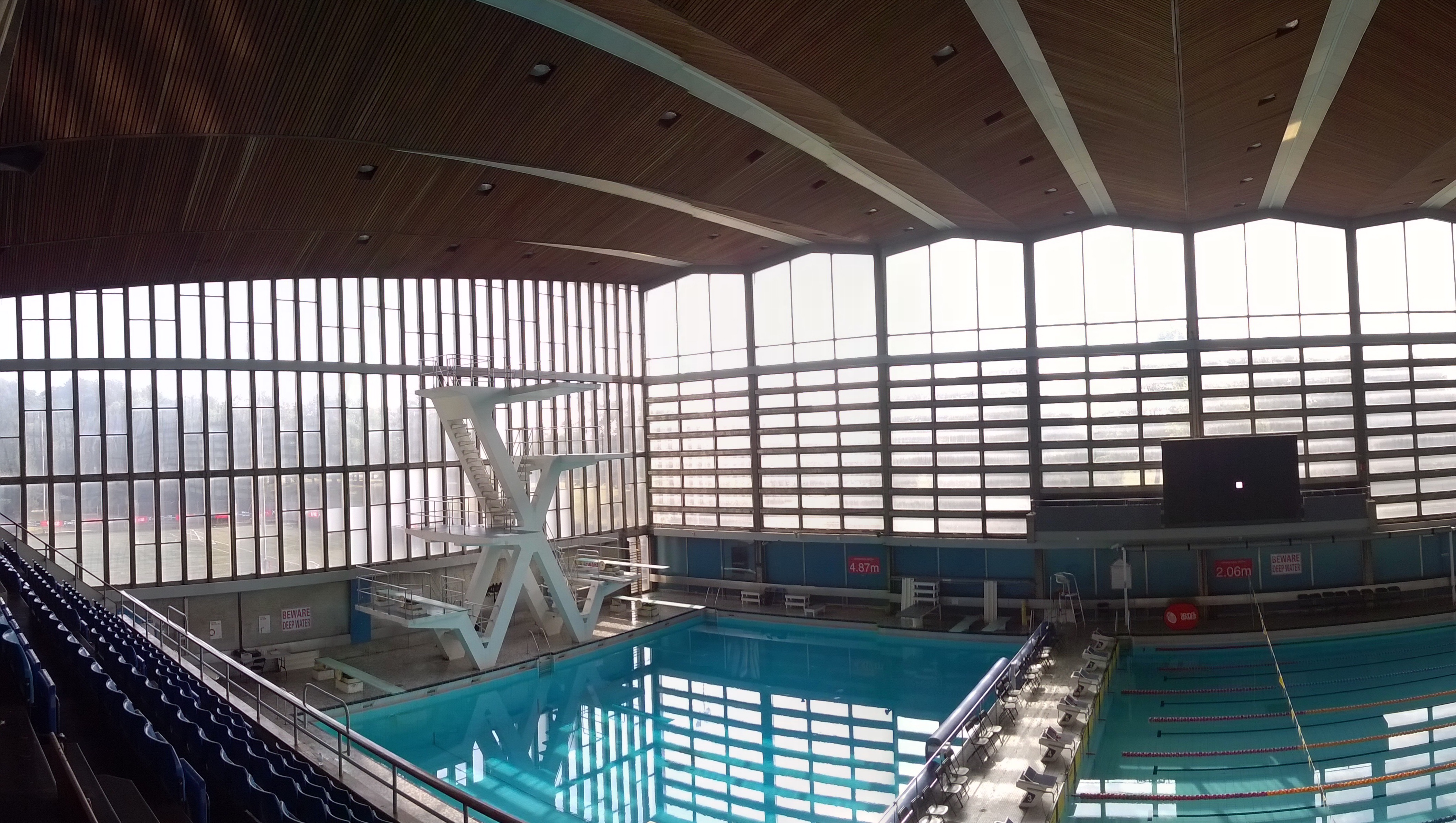
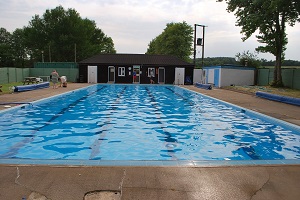
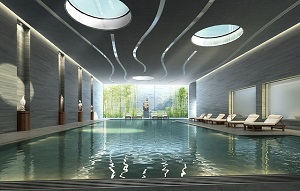
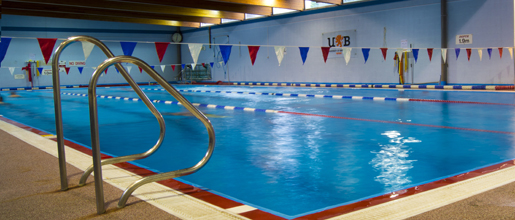
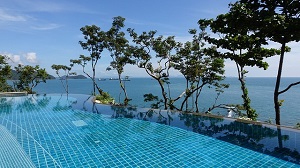

















Comments
[edit] To make a comment about this article, click 'Add a comment' above. Separate your comments from any existing comments by inserting a horizontal line.
If you want to install a pool at the house, there are two possible options for you.
The selection criteria solely depend on the budget and the personal preference of the person. Similarly, each category has its own costing model.